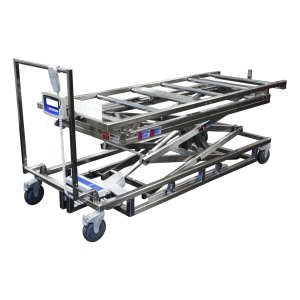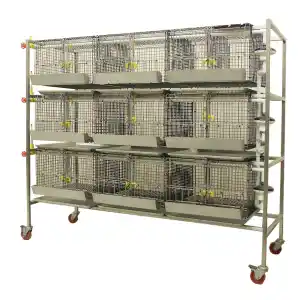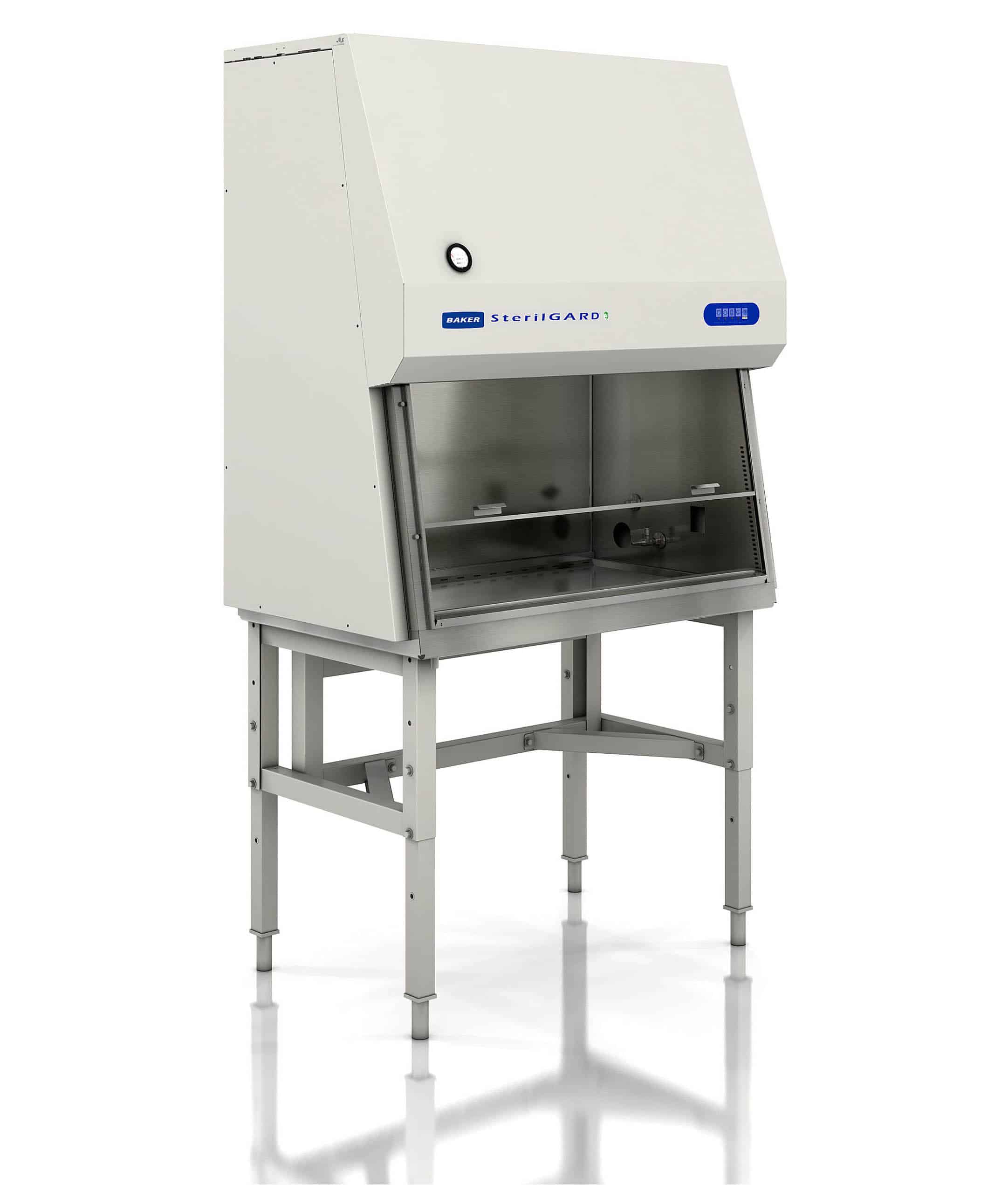Cadaver carts are essential to scientific research and medical education as they provide a sturdy platform to conduct procedures and research involving a cadaver. Cadavers are dead human bodies used for medical and scientific research, enabling medical students and scientists to study anatomy, cause of death, diseases, and many other purposes. Choosing the right cart is crucial for research to be conducted safely and efficiently, and there are many factors to consider. In this blog post, we look at the key factors to consider when choosing the right cadaver cart for your research applications.
How do you Choose the Right Cadaver Cart?
Cadaver carts are available in various designs that may also have customization options available to customers. From production material to safety features, choosing a cadaver cart that suits your needs is vital for the safety and overall workflow of your applications and laboratory settings.
Cost and Value
Your budget will impact the cart you purchase, but it is important to consider the value a specific product provides. A high-quality cart will offer a range of benefits that make a higher up-front cost worthwhile, such as durability, functionality, and safety. In terms of value, you should consider whether a company provides any additional services, such as repairs or warranties, to increase the overall value.
Customization
Customization options may be necessary depending on the education setting or laboratory requirements and include height or size options, removable body trays, and materials used to manufacture the product. Additionally, carts that can be customized have added value as they can be adapted to different research applications or users.
Ergonomics
The design and ergonomics of a cadaver cart will significantly impact how easy it is to use and move. This factor is similar to customization, as adjustable height and removable features will help to accommodate different users. It’s important that the carts can be moved and stored easily and safely to improve efficiency and safety in the workplace.
Material Quality and Durability
When selecting a cadaver cart, it is vital to consider the quality of materials used in its construction. Cadaver carts must be made from high-quality, durable materials to ensure they can withstand prolonged use in medical research and education. You should purchase a cart made from materials well known for their corrosion resistance and strength, as a high-quality cart will reduce the need for frequent maintenance or replacement.
Safety
Safety is a critical part of medical education and scientific research, so choosing a cadaver cart with safety features is necessary. These include a sturdy frame and secure locking mechanisms and brakes to prevent the cart from moving accidentally, as well as Safety is paramount in scientific research and medical education. Some manufacturers may also provide the option of a cart cover to protect carts during storage and transportation.
What Cadaver Cart Should I Choose?
ARES Scientific offers the Mopec powered hydraulic cadaver carrier as an excellent choice for scientific research and medical education applications. It boasts a range of factors mentioned above that provide ease of use, safety, and efficiency in the laboratory and includes the following key features.
- Stainless steel top with a removable aluminum frame
- Brake levers on both sides
- Bumper guards
- Heavy duty cover
- Pedestal hydraulics for foot-activated elevation
- Wheel lock system for easy navigation and securing the cart
The Mopec features the JA800s self-propelled movement and hydraulic life system and is a suitable piece of equipment for pathology and mortuary applications. At ARES, we want to ensure you have the right scientific equipment and are always happy to discuss your requirements.
Alternatively, contact ARES Scientific now to receive a quote.



